A global EPC with gigawatts of solar projects under its belt, Sterling and Wilson Solar (SWSL) launched construction on a 200 MW solar project in NSW in December last year – the first project in the company’s Australian pipeline to come to fruition. What other plans are in place?
Vikas Bansal, SWSL Head of International Business Development: Our second Australian project will enter the construction phase in the next 30 days. It will be another major solar farm, bigger than 100 MW. We will announce further details in terms of project partners and location in the coming period.
In addition, we are discussing three more big PV projects with our customers and we feel that the capabilities we have built in Australia, coupled with our international experience, puts us in a good position to win those projects.
Sterling and Wilson Solar actually announced its market entry more than two years ago when it unveiled plans to construct 500 MW of solar in the coming three years. What took you so long to start your first solar job in Australia?
Two things have kept us back from entering the market earlier. First, we wanted to build our capabilities before we started to offer services in this market. It took us a bit of time to do that and put together a team to understand the market better. Second, we felt that many local players who were more into traditional infrastructure were undercutting the market. This happened for their lack of global exposure or understanding.
We didn’t want to enter the market with such a low CapEx so we just waited some 6-9 months. In the end, we were right to wait because some of those companies were not able to survive. Since this showed us that we understood the market properly, we started to intensify talks with some of our potential customers. We took our current projects obviously under a competitive CapEx but we feel that’s the right CapEx for any EPC to survive in the market.
How competitive is Australia’s EPC market at present?
Conditions have improved a lot over the last year, but the market still remains competitive. Also, the number of players has reduced, but it is still a competitive market. Such competition is healthy. We don’t want monopolistic markets and we want solar power prices to remain low so that PV can continue to expand its share in the country’s energy mix.
I have to say that we are still concerned about the health of the industry. Some of the local players in Australia with no global exposure did not understand the risks associated with non-recourse funded projects. This coupled with Australia-specific nuances related to the grid and soil conditions is the reason why they were not able to sustain in the market.
In addition to under-bidding to win projects, grid-related challenges such as cost and time overruns have been particularly acute in Australia. For EPCs, connection delays may translate into liquidated damages to compensate the project developer for lost revenue. How do you feel about this situation?
When it comes to risk allocation, there are some risks that EPCs are able to control and address, and there are also risks that should be managed by independent power producers (IPPs). Generator Performance Standards (GPS) is a long, long process in Australia, you have to start with one version and then you have to update it time and time again, so by the time your plant is ready to join the grid, all approvals should be in place.
In this entire process, there are some things that are in control of EPCs in terms of delivering input and ensuring that all the right data goes to the developer. But there are also things that are out of control of EPCs. Sterling and Willson Solar does not want to take blanket risk on these aspects. There are some risks we as an EPC are ready to take, and some need to be taken by our customers. SWSL is a customer-centric company that strives to work for the betterment of its clients. We are working towards establishing this balance along with our customers.
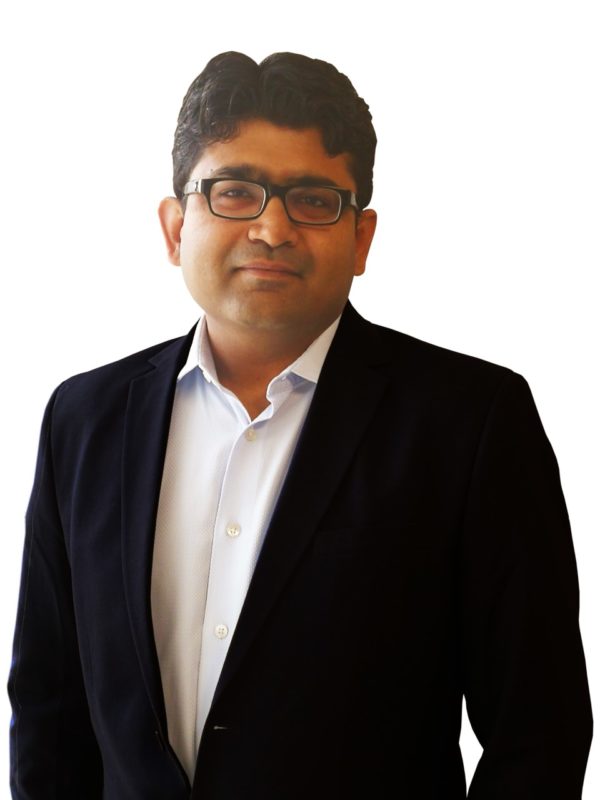
What happened to the margins in the meantime?
I would not say the margins have improved a lot, but risk allocation has improved significantly. There are many variables in this job, for example, the ground risk is a big variable and the grid risk could be the second variable. Now, project developers are better informed and know they will need to take certain risks if they want to stay in Australia. Also, the institutions understand they cannot transfer all the risk on EPCs.
What can we expect from the utility-scale solar market this year and will you be pursuing the previously announced 500 MW goal?
Since there are constraints on the grid side, last year very few projects came up. The network will take a bit of time to expand, but we feel Australia will this year be 2-2.5 GW market. We don’t want to put a number on our capacity goal this time, but we want to become the dominant player in the market. In the end, it may be more than 500 MW but what we would like to do is take 4-5 projects a year and do them really well from the cost and quality perspective.
Now that you have settled in, what are your first impressions of the market conditions in Australia?
There are two things. From the talent perspective, we are fortunate to have a fantastic team in Australia which we managed to put together over the last two years. We had to have a lot of patience in building up the team, but I’m happy to share that we have an experienced and dynamic team that has already proved its capabilities.
In terms of challenges, obviously Australia has always been a tight market when it comes to labor, both skilled and semi-skilled workforce, and we were well-aware of this when we entered the market. Since we now have a wholly-owned company in Australia [Geraldton-headquartered contracting firm GCo Solar], we have a really good insight into the actual movement of the labor in the market. We don’t outsource everything, so around 45% of the plant will be built by our own company, and this gives us an edge over some of our competitors and a better understanding of the labor market in general.
The 200 MW solar farm near Wellington will be one of few large-scale projects in Australia to install bifacial modules. What’s your experience with bifacials and would your say this technology was the right choice for this project?
We have a lot of experience with bifacial modules and completed projects. In terms of this particular site, really a lot of analysis was conducted because bifacials are still a new thing for the industry and they have been around for only three-four years. Bifacial modules were properly commercialized only in 2018 and we were lucky that we won our first bifacial projects at the time, so a lot of that learning went into this project.
Second, we found that the site was just suitable. I wouldn’t say this is the absolute best site for bifacials, but with the price of bifacials going so sharply down over the last three quarters that also played a role in the final decision to choose this technology for the project.
In a nutshell, you believe you have the right timing and you are here to stay. So where do you see the market heading?
SWSL has always been at the forefront in terms of technology. We were the first company to use robotic cleaning and now we are integrating storage at our plants worldwide. In the year 2021-2022, we feel the Australian market will move towards the combination of solar+wind+storage on site to overcome some of the grid constraints. We are already seeing some movement in this direction and we feel we are in a good position to further contribute to the country’s energy transition. We will be able to add a lot of value in that regard because whenever storage comes, it will come in a big way.
This content is protected by copyright and may not be reused. If you want to cooperate with us and would like to reuse some of our content, please contact: editors@pv-magazine.com.
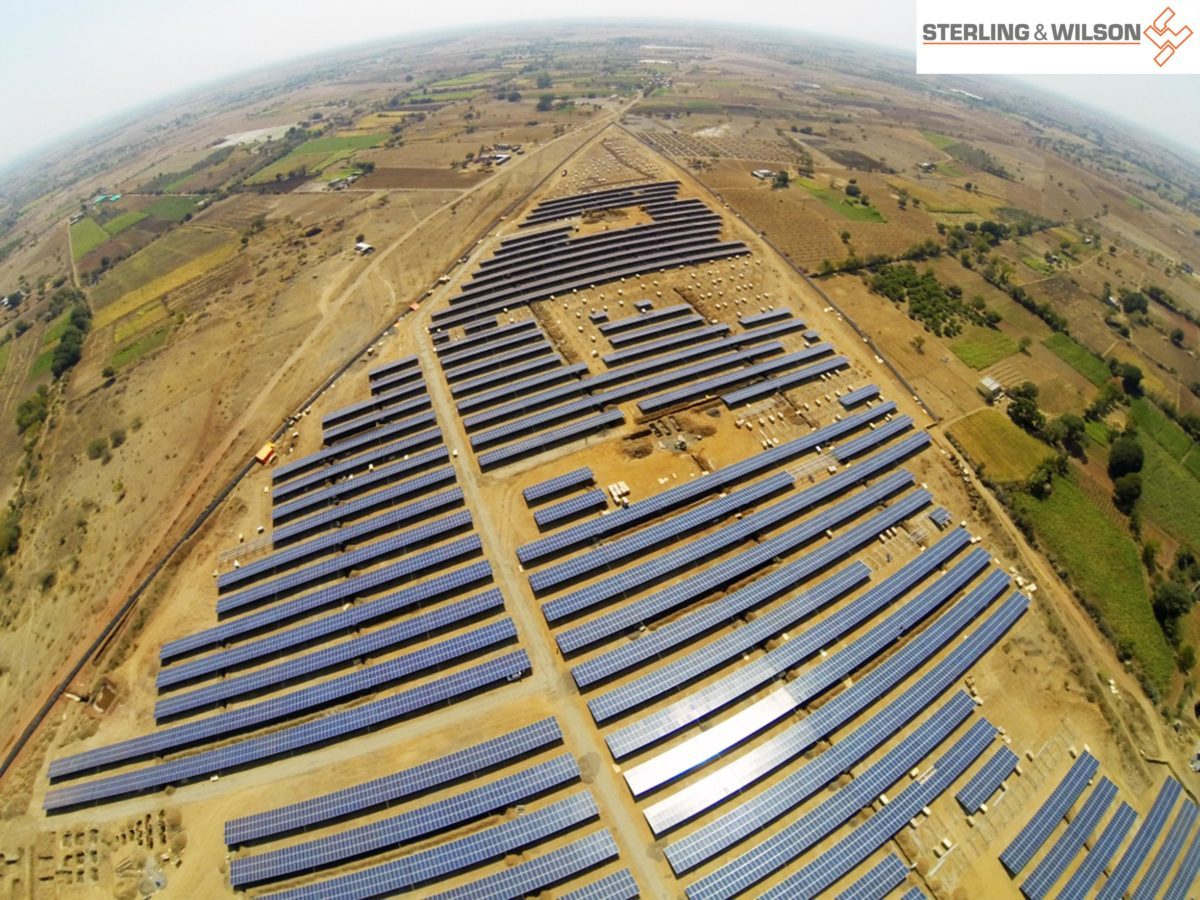
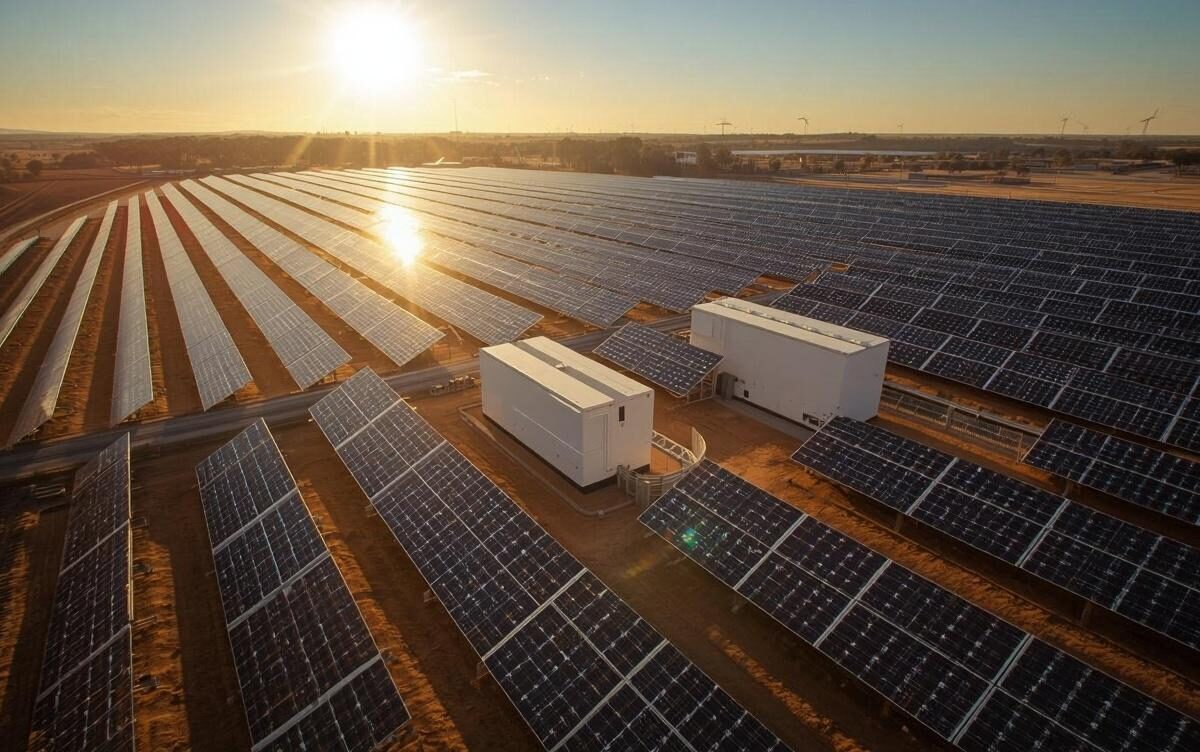


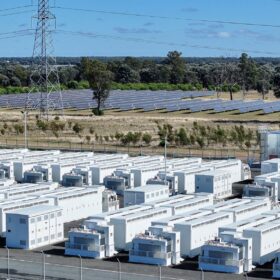

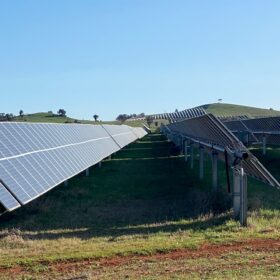
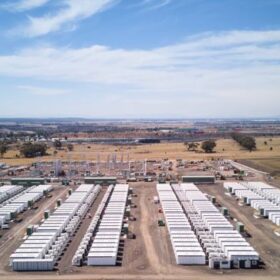
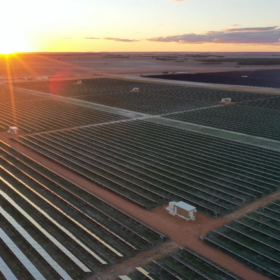
Good